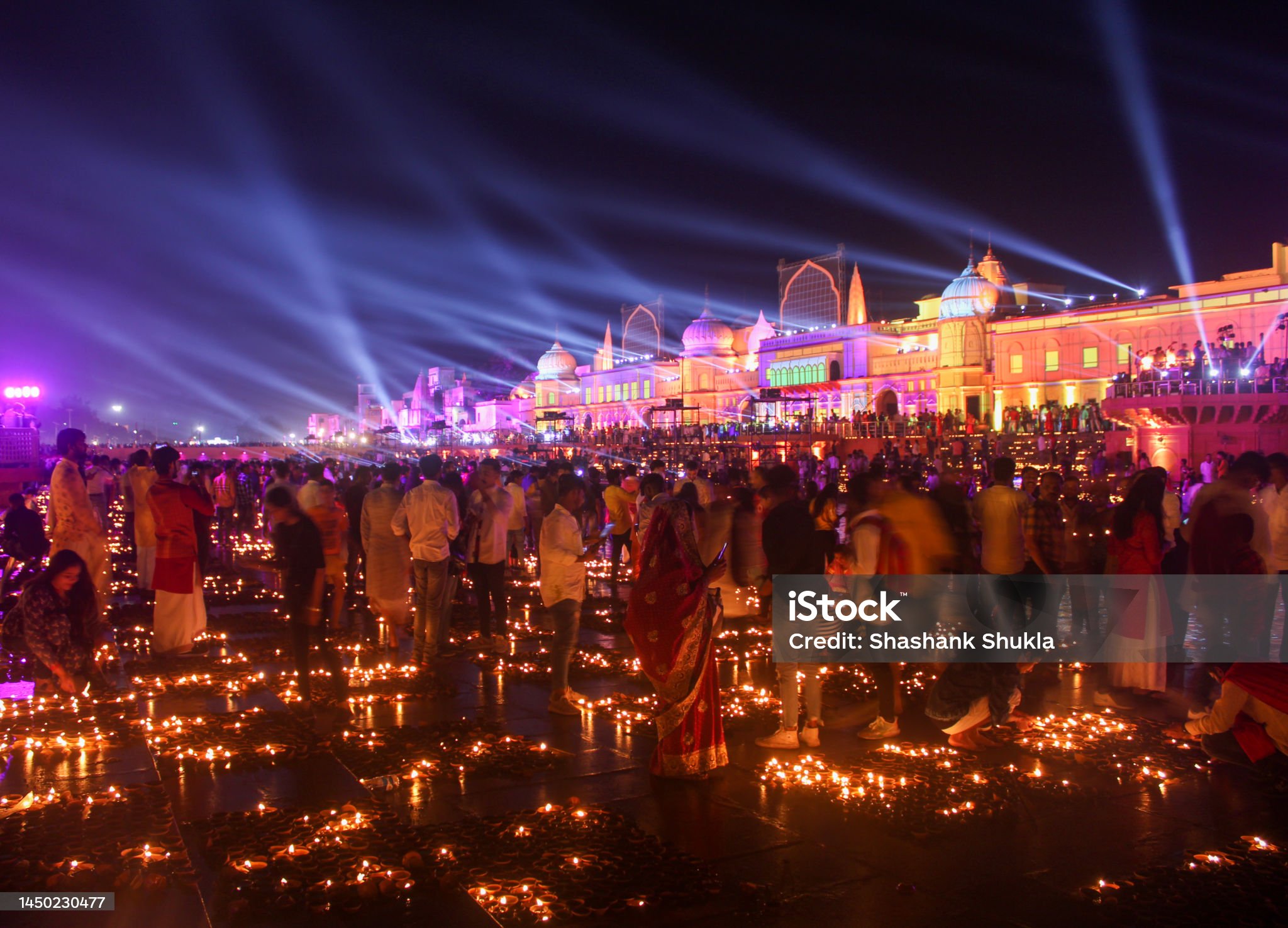Rama, an incarnation of Vishnu in Hindu mythology, is said to have been born in Ayodhya according to the ancient Indian epic, Ramayana. In the 16th century, the temple at the birthplace of Rama was attacked and destroyed by Babur as part of his temple raids in northern India. Following this, the Mughals erected the Babri Masjid on the same site, believed to be the Ram Janmabhoomi.
The earliest mention of the mosque dates back to 1767 in Joseph Tiefenthaler’s Descriptio Indiae, stating that the mosque was built by demolishing the Ramkot temple, considered Rama’s fortress, and the Bedi, where Rama’s birthplace was thought to be.
Religious tensions emerged in 1853, and in December 1858, the British administration banned Hindu rituals at the disputed site. A platform outside the mosque was designated for conducting rituals.
In December 1949, sacred images of Rama and Sita were placed inside the Babri Masjid, leading to the gathering of devotees. By 1950, the state took control of the mosque, allowing only Hindus to worship at the site. In the 1980s, the Vishwa Hindu Parishad (VHP) initiated a movement to reclaim the site for Hindus and build a temple dedicated to infant Rama. The government, under Prime Minister Rajiv Gandhi, permitted the VHP’s foundation stone ceremony (Shilanyas). Originally planned outside the disputed site, on 9 November 1989, VHP leaders laid the foundation stone adjacent to the disputed land.
On 6 December 1992, a rally organized by the VHP and the Bharatiya Janata Party turned violent, resulting in the demolition of the mosque by karsevaks (volunteers). This event led to inter-communal violence, causing around 2,000 deaths in Bombay and sparking riots across the Indian subcontinent. The New York Times reported attacks on Hindu temples in Pakistan and Bangladesh.
On 5 July 2005, terrorists attacked the makeshift Ram Mandir at the Babri Masjid site. The attackers were killed in an encounter with the Central Reserve Police Force, and one civilian died in the grenade attack.
Archaeological excavations in 1978 and 2003 by the Archaeological Survey of India (ASI) found evidence of a Hindu temple on the site. Various legal disputes ensued, culminating in the Supreme Court’s 2019 verdict, which mandated the disputed land to be handed over to a trust for the construction of a Ram temple. The Shri Ram Janmabhoomi Teerth Kshetra was formed for this purpose. In February 2020, the government, led by Prime Minister Narendra Modi, approved the temple’s construction. Additionally, five acres of land were allocated for a new mosque to be built 22 km away in Dhannipur village.

